Category: Urban Forest Restoration
-
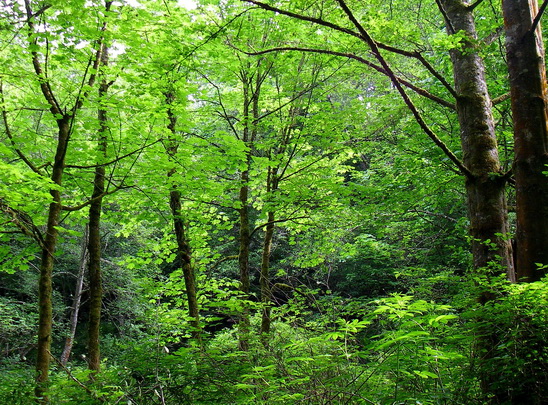
An Activity to Celebrate the Summer Solstice
I’m thinking of a nice outdoor activity to celebrate tomorrow’s summer solstice — deciding on the trees I’m going to plant in late Fall.
-
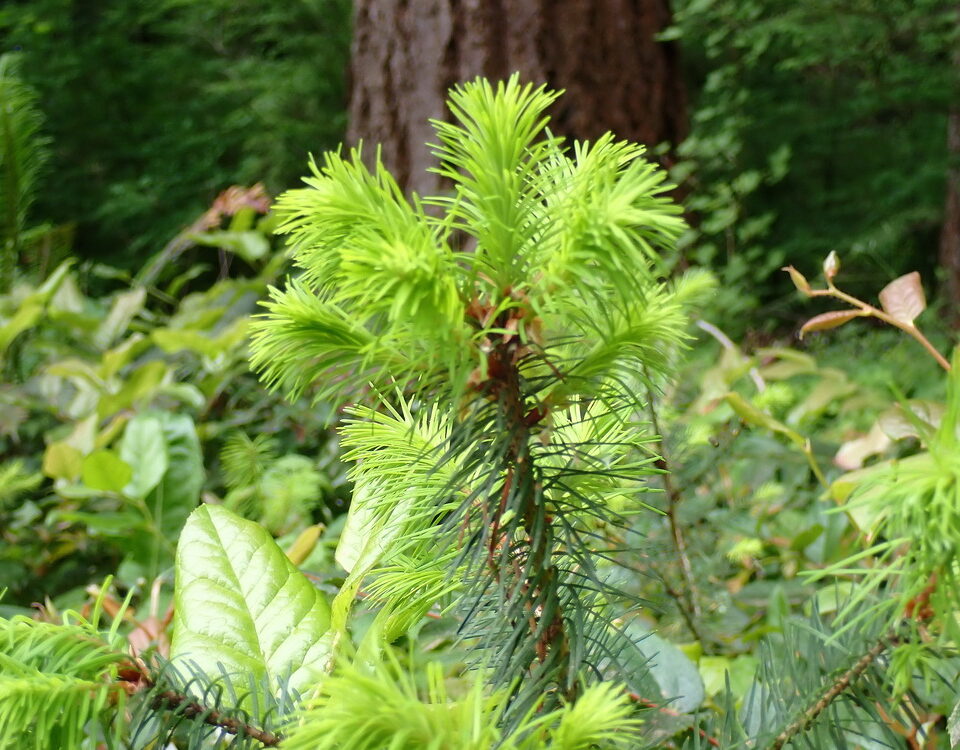
Volunteer Douglas Firs
The other day, I was surprised and delighted to find a half-dozen volunteer Douglas Fir seedlings in a spot that might actually get enough sunlight to support them.
-
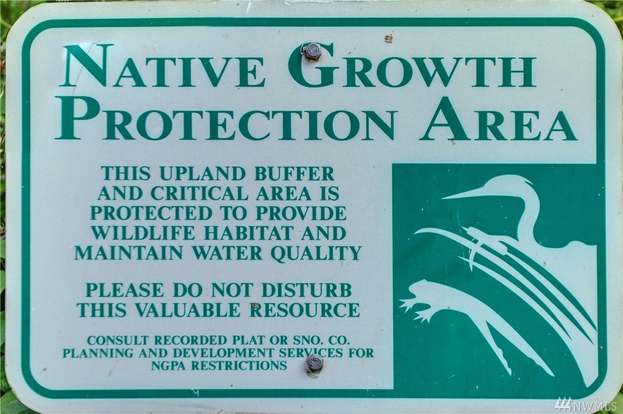
Forest Restoration in Native Growth Protection Areas
For years I’ve noticed signs posted in front of patches of urban forest with titles like “Native Growth Protection Area.” I wondered how these areas were protected, and who was responsible for controlling invasive plants on them?
-
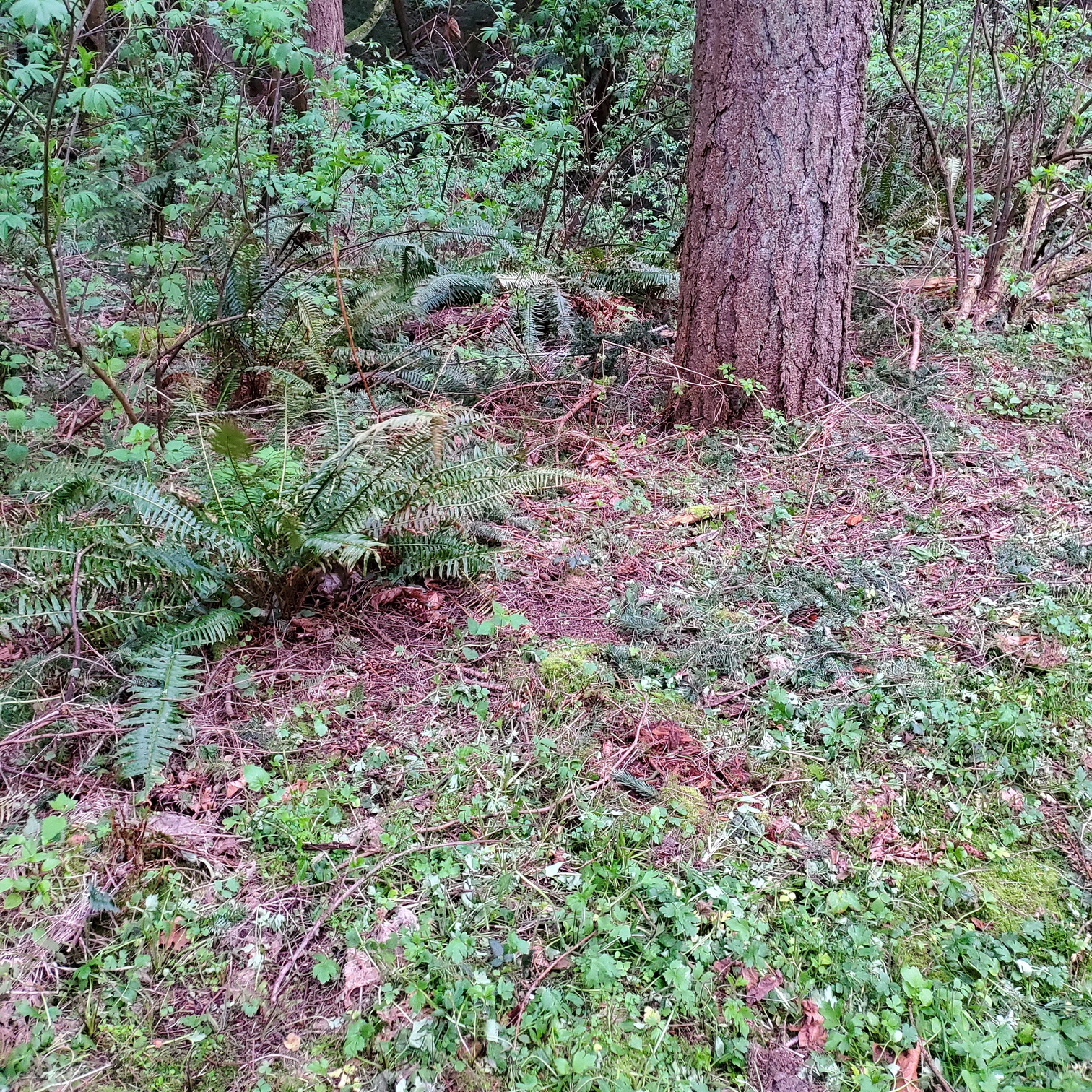
Forest Edges — Problems and Possibilities
Since the edges of the forest are often sunny, they provide the opportunity to grow a large diversity of native plants, but weeds can be a problem.
-
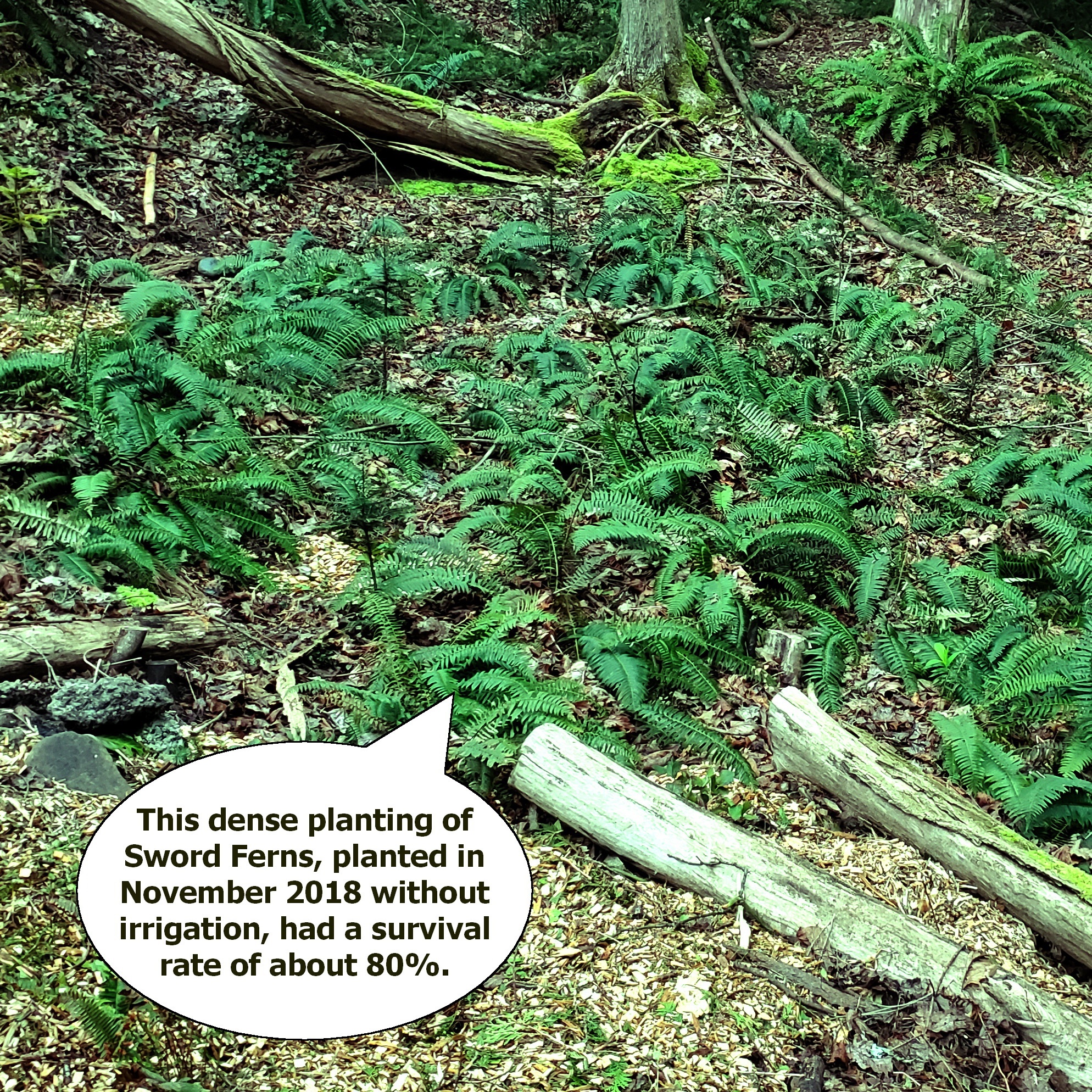
The Sobering Cost of High-Density Planting
Using the spacing guidelines from the Green Seattle Partnership and current retail prices from a local native plant nursery I estimate that installing a dense planting of natives on a site measuring only 10’ by 10’ (100 square feet) would cost about $470.
-
How Much Time Will it Take to Restore Your Backyard Forest?
Like many residents in the Puget lowland, you may have infestations of invasive plants in your backyard forest that you want to tackle – more than you can remove in an afternoon, and perhaps more than you can remove in a dozen afternoons. You could just dive in and start pulling weeds, but you may…
-
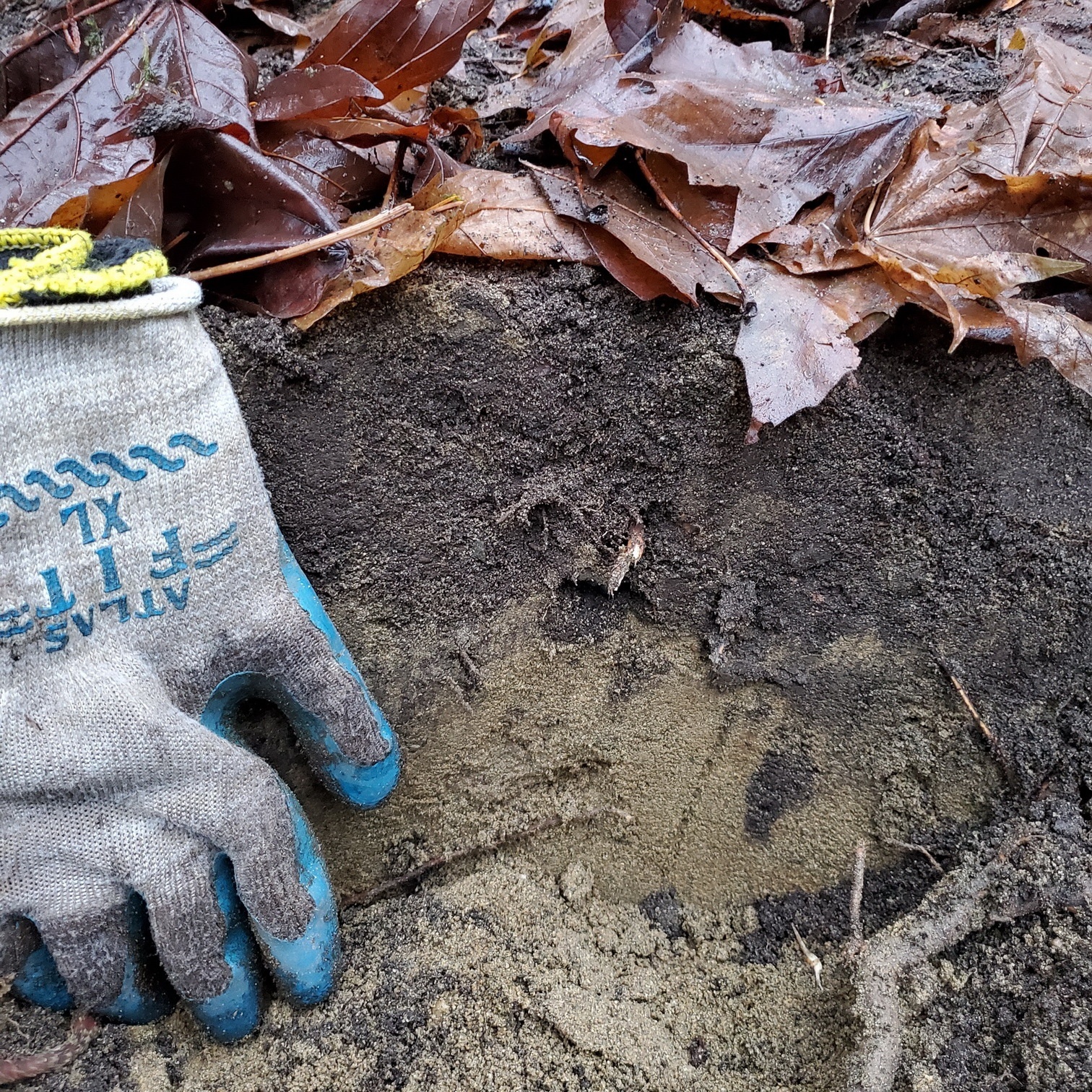
Done Well, Forest Restoration Includes Caring for the Soil
The rate of topsoil formation in our region is painfully slow – less than 1” every 2,000 years. Only 7” has accumulated (at most) since the last glacier retreated 15,000 years ago.
-
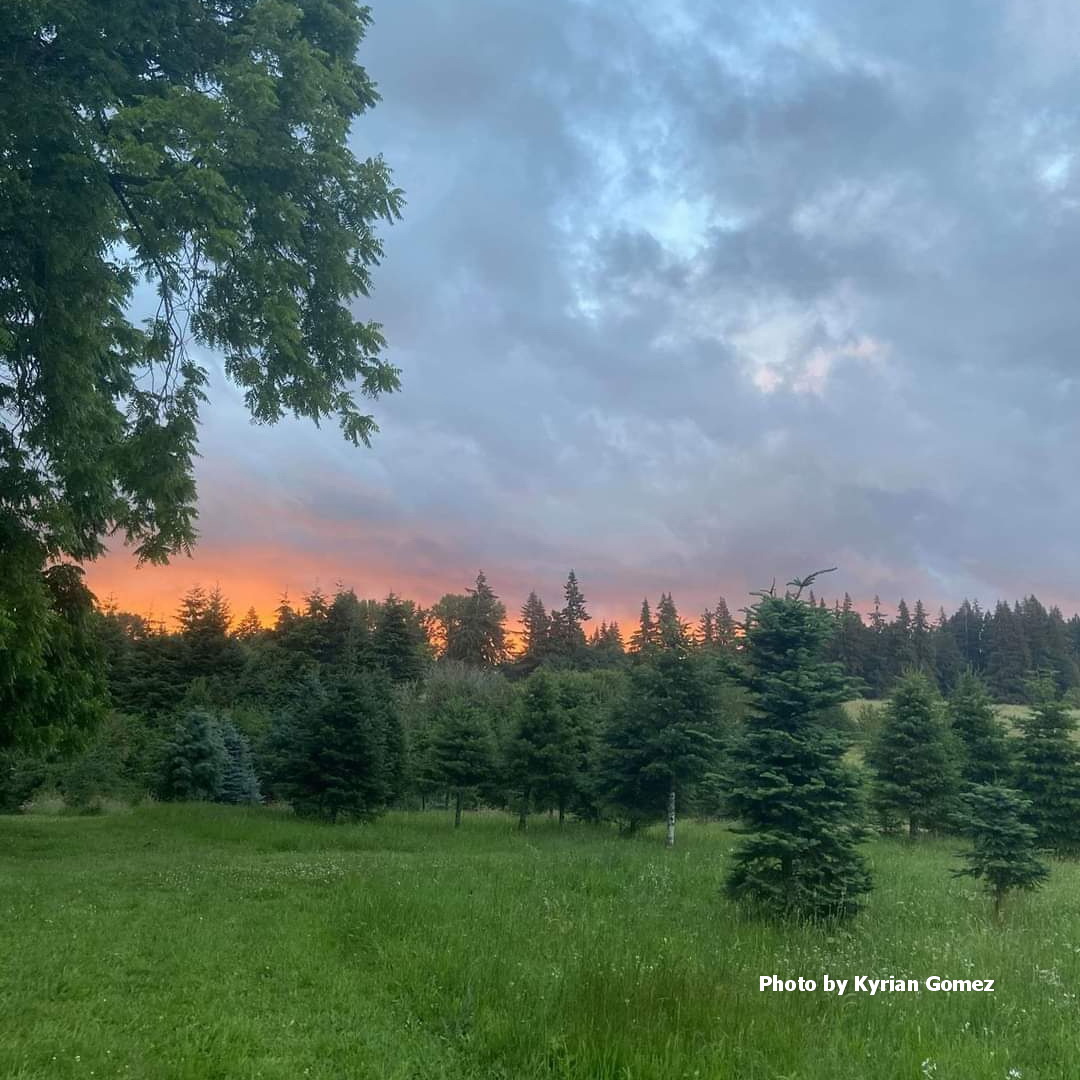
Taking Root on a Christmas Tree Farm
My personal journey to the field of environmental work in Washington didn’t stem from camping in state parks or hiking trips up in the mountains. It actually started with me growing up in a place where trees were grown specifically to be cut and sold: A Christmas tree farm.
-

Dividing Sword Ferns (Between Green Blobs)
Honestly, I hadn’t divided Sword Ferns in years, and had only the vaguest recollection of cutting through root masses with a strong, sharp knife. But to my surprise, each of the ferns that I worked with on this day was already “divided.”
-
How Many Backyard Forests Are There in the Puget Sound Region?
I’ve been looking for numbers — how many “backyard forests” are there in the Puget Sound region? Out of the region’s four million plus residents, how many have easy access to a natural forest, either at a nearby park or literally in their own back yards?
-

Preserving Topsoil Versus Removing Ivy
Which is more important, preserving topsoil or removing blankets of Ivy? Before, I would have said removing the Ivy, but now I’m not so sure.
-
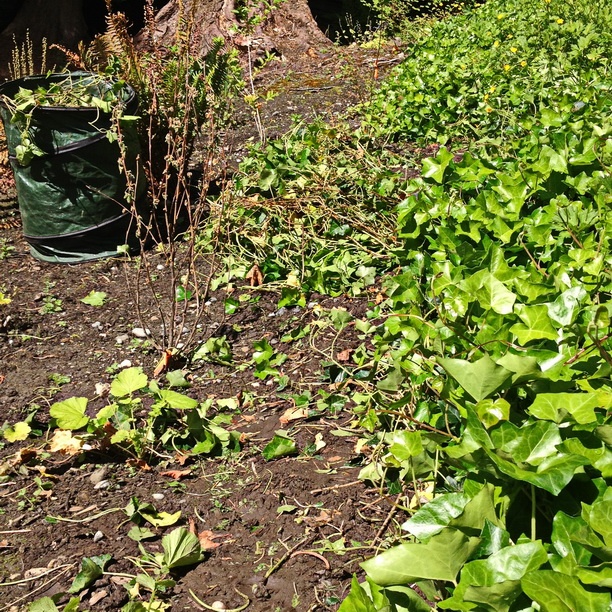
Backyard Singular, then Backyards Plural – My Adventure in Backyard Forest Restoration
My adventure with forest restoration began when we purchased an unremarkable house because we were enchanted by a small year-round creek in the backyard.
-
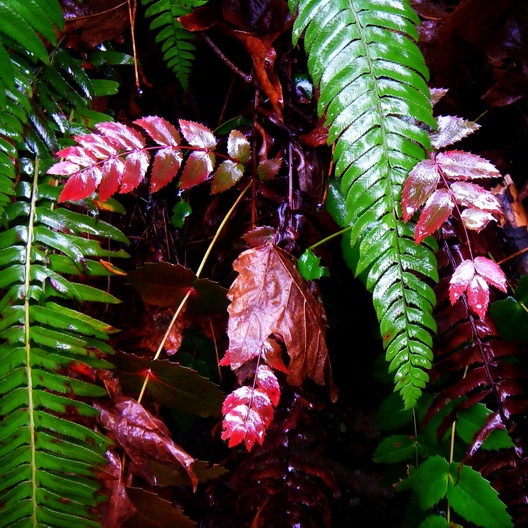
Welcome to the Wet Season
Welcome to the wet season. Now I can focus on removing the highest priority invasive plants
-
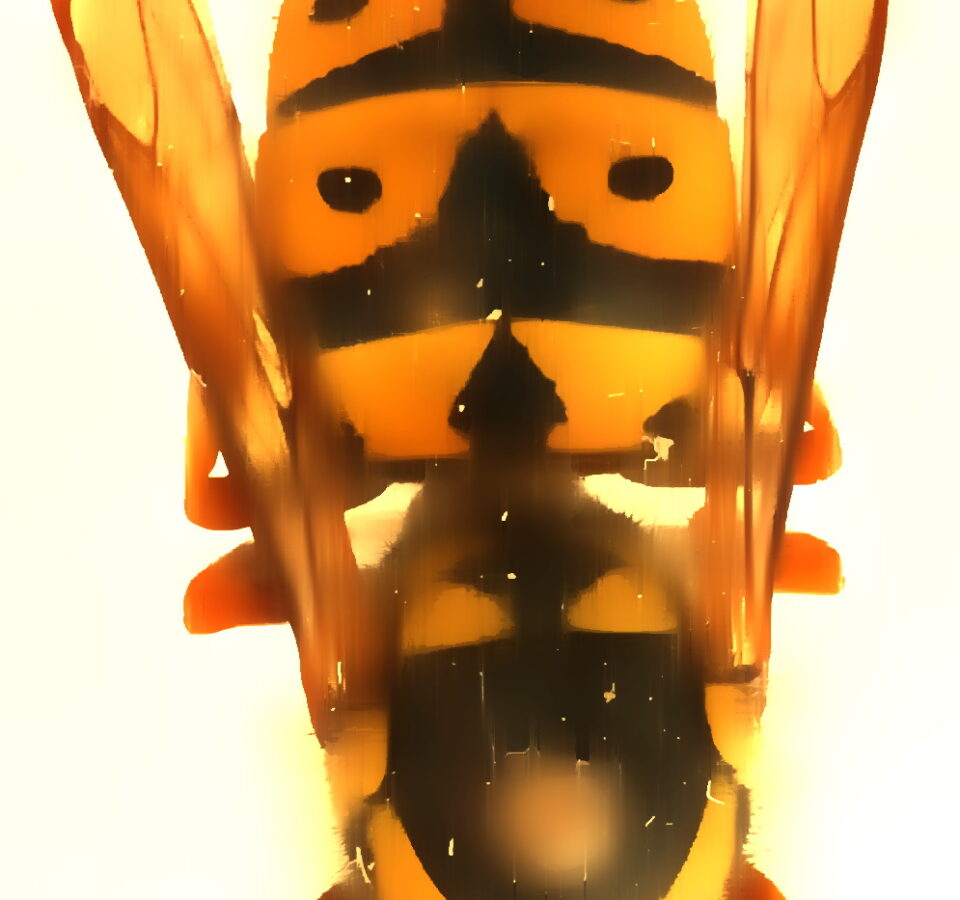
Yellowjacket
I typically only realize I am near a nest when I feel the first sting. Then, I leave the area in haste!
-
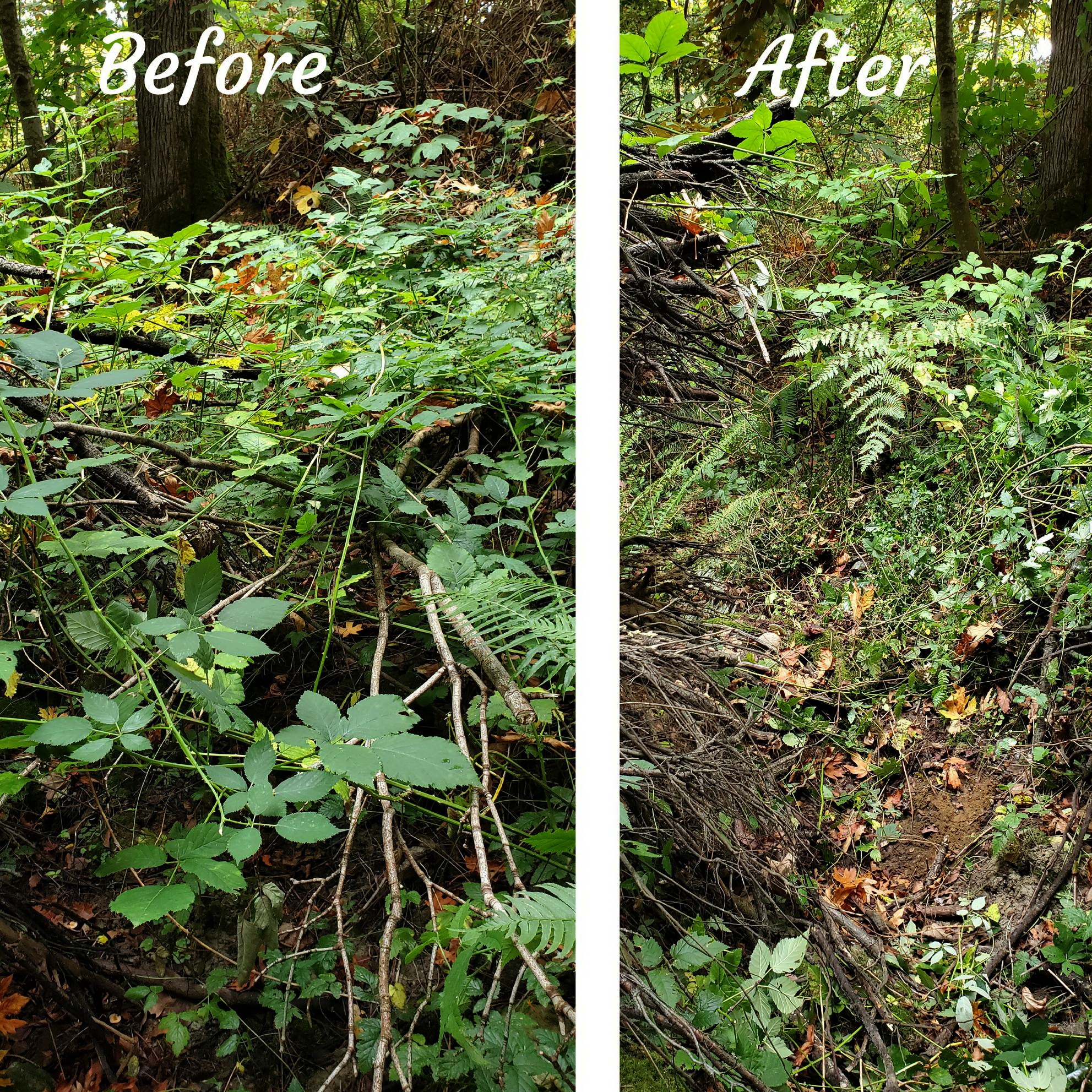
Establishing a Trail to My New Worksite
Such a still morning yesterday, as if the fog had paralyzed all movement. Except for me, groping my way my through a maze of fallen trees and a tangle of invasives that cover the ¾ acre patch of forest I’ve just started to restore. After tripping over the same branches and nearly stepping into the…
-
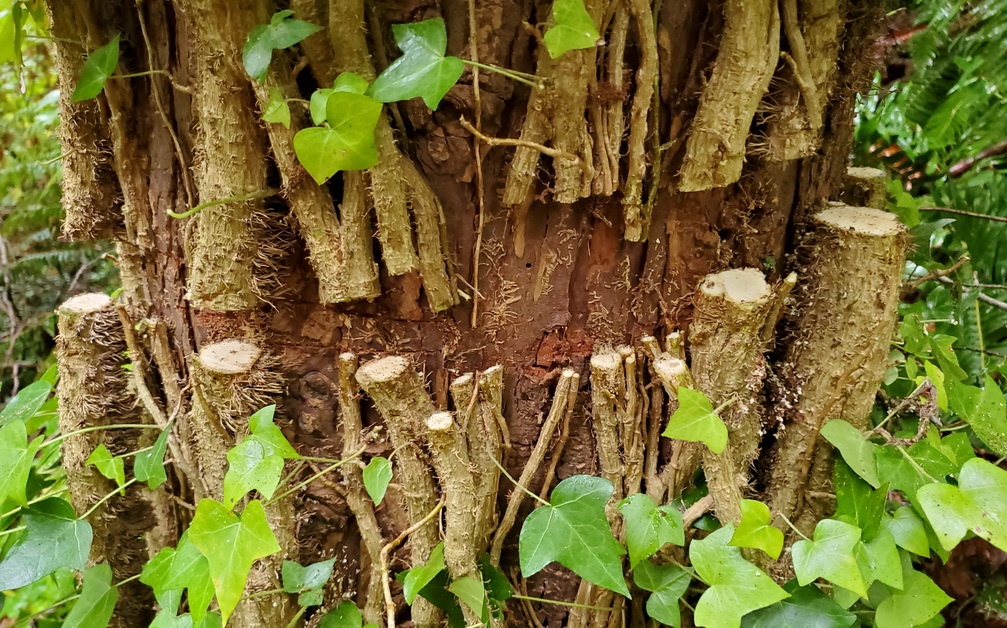
Starting a New Area
The dry season is a good time to get started on a new area.